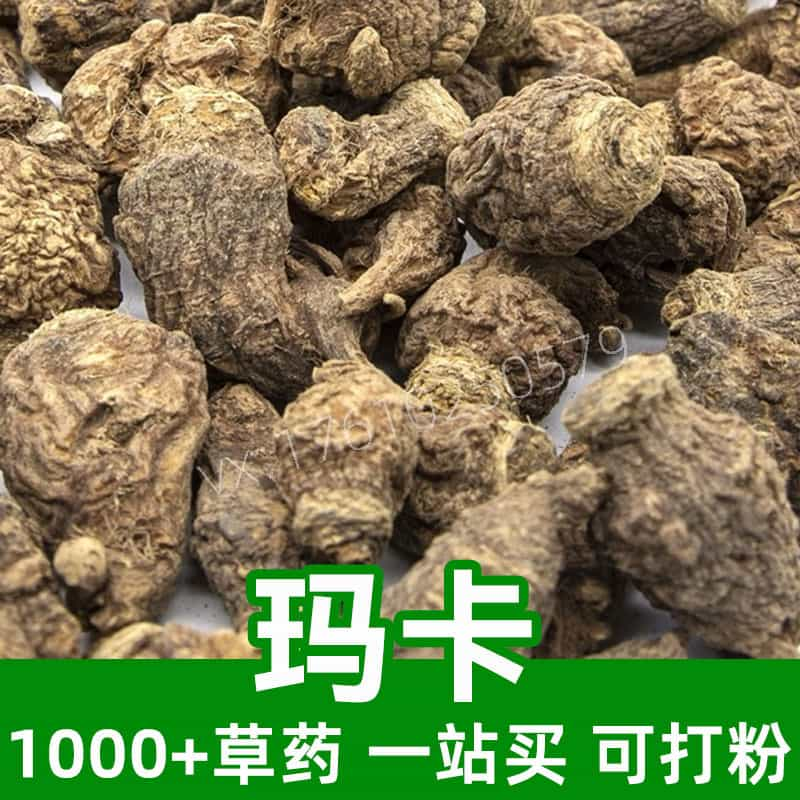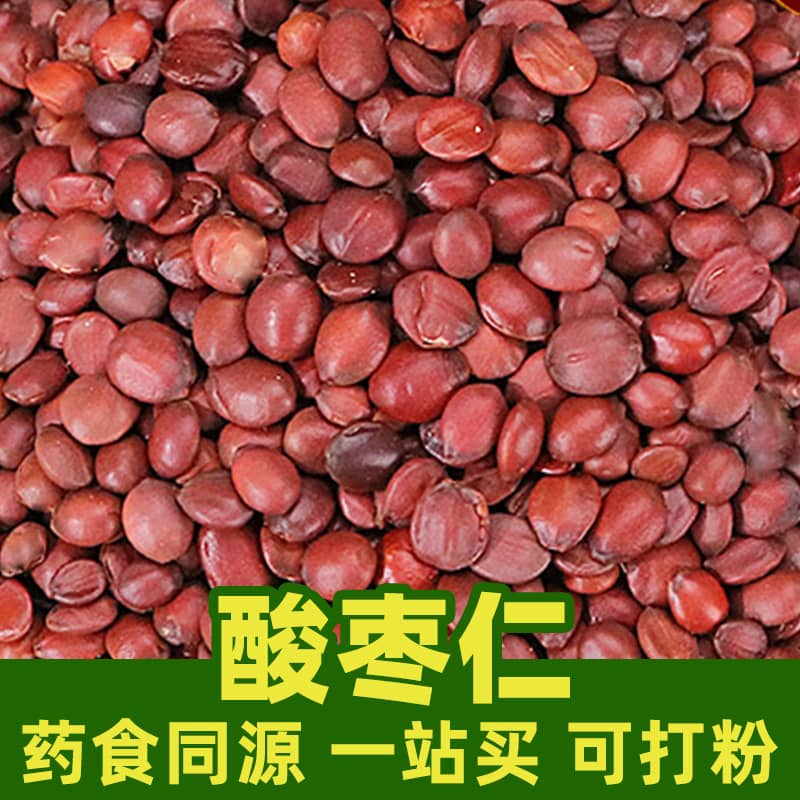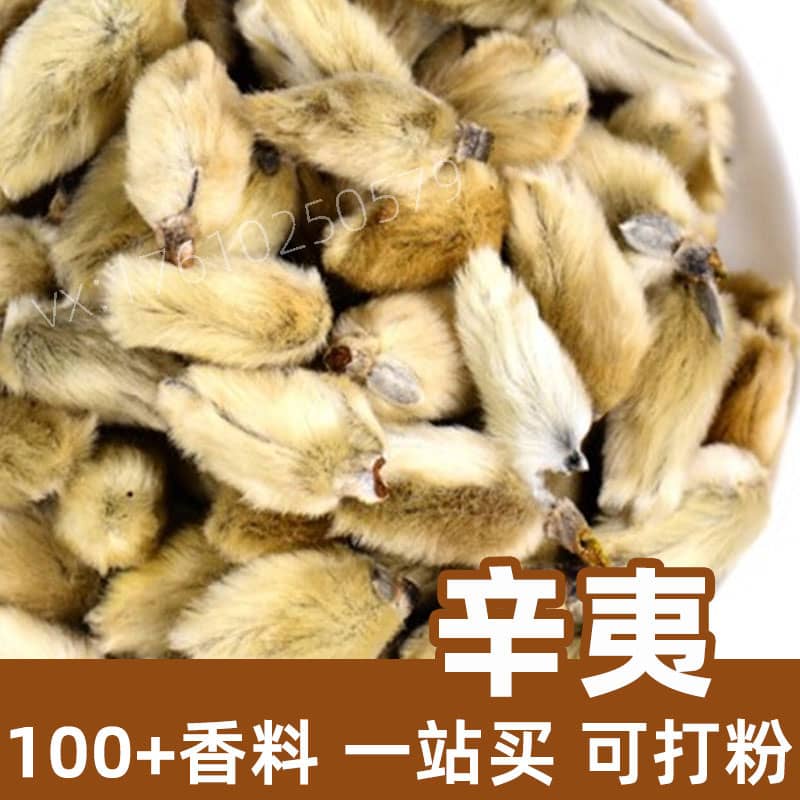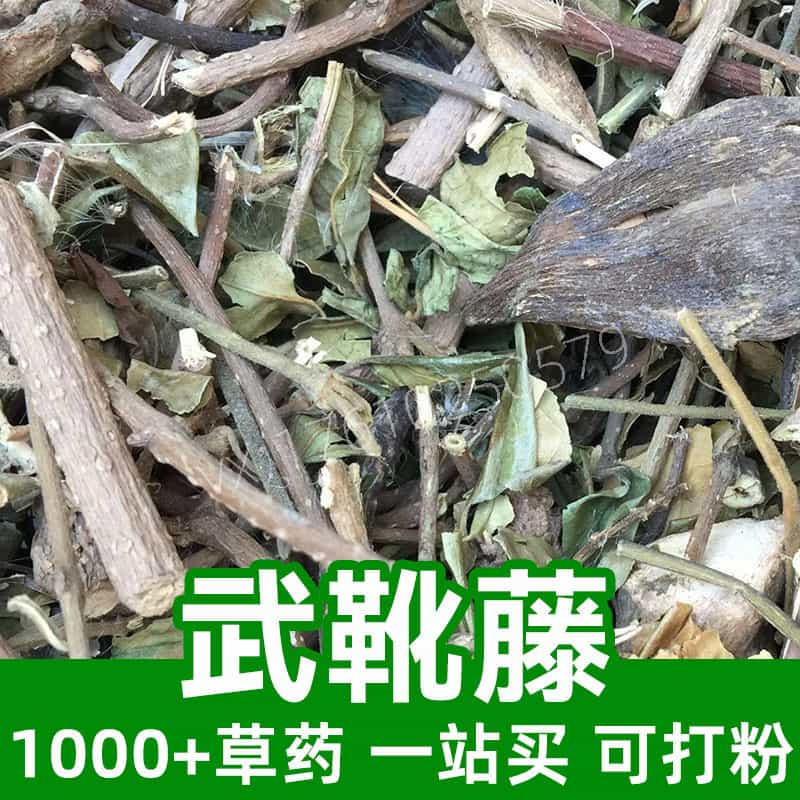Product Introduction of Hawthorn Leaf
Hawthorn leaf is a leaf collected from hawthorn trees, and its main ingredients include flavonoids, volatile oils and vitamin C. It comes from hawthorn trees and is a common Chinese medicinal material. Hawthorn leaves have the effects of promoting blood circulation and removing blood stasis, promoting digestion, reducing fat and losing weight, and regulating blood pressure. In the field of traditional Chinese medicine, hawthorn leaves are often used to treat cardiovascular diseases, indigestion, hypertension and other symptoms. Its leaves are flat and oval in shape, with irregular teeth on the edges and a fresh fragrance. It is usually collected from spring to summer, and then dried and processed for preservation.
Main active ingredients of hawthorn leaves
As a Chinese medicinal material, hawthorn leaves have main active ingredients including flavonoids, volatile oils and vitamin C.
- Flavonoids are one of the main active ingredients of hawthorn leaves, including quercetin, hawthorn acid, rutin, etc. These flavonoids have multiple pharmacological effects such as antioxidant, anti-inflammatory, lipid-lowering, and vasodilation.
- Volatile oil is another important component of hawthorn leaves, which contains a variety of volatile compounds, such as geraniol, eugenol, etc. These volatile oils have antibacterial, anti-inflammatory, analgesic and other effects.
- Vitamin C is one of the nutrients in hawthorn leaves, which has the effects of enhancing immunity, anti-oxidation, and promoting collagen synthesis.
- Hawthorn leaves also contain a variety of trace elements and amino acids, such as zinc, iron, calcium, magnesium, etc., which are beneficial to human health.
- Studies in recent years have shown that the active ingredients in hawthorn leaves also include polysaccharides, terpenoids, etc., which have anti-tumor, blood pressure lowering, blood sugar lowering and other effects.
- In addition, hawthorn leaves are rich in cellulose, which helps promote intestinal peristalsis and improve constipation problems.
- Organic acids such as malic acid and citric acid in hawthorn leaves also have the effect of promoting digestion and regulating gastrointestinal function.
- Among them, flavonoids are considered to be the main components of the pharmacological effects of hawthorn leaves, especially the protective effect on the cardiovascular system, and are widely used in the prevention and treatment of cardiovascular diseases.
In summary, the main active ingredients in hawthorn leaves have multiple pharmacological effects, have important health and therapeutic effects on human health, and are a commonly used Chinese medicinal material.
Application scenarios and usage and dosage of hawthorn leaves
Hawthorn leaves are widely used in traditional Chinese medicine and food. The following focuses on their usage and dosage in these two fields.
- Application in traditional Chinese medicine:
Hawthorn leaves are often used in traditional Chinese medicine to regulate gastrointestinal function, reduce blood lipids and blood pressure, clear away heat and detoxify. Common applications include:
- Regulating gastrointestinal function: Hawthorn leaves can promote the secretion of digestive juices and enhance gastrointestinal motility. They are suitable for symptoms such as poor gastrointestinal function, indigestion, and loss of appetite. It is generally recommended to take 5-10 grams of hawthorn leaves each time, brew or decoct them.
- Lowering blood lipids and blood pressure: The flavonoids in hawthorn leaves have a certain regulatory effect on blood lipids, which can be used to lower blood lipids and blood pressure. Generally, 10-15 grams of hawthorn leaves can be taken daily, brewed or decocted for drinking, and taken continuously for several weeks for effect.
- Clearing away heat and detoxification: Hawthorn leaves have the effects of clearing away heat and detoxification, reducing swelling and relieving pain, and are suitable for symptoms such as colds, fever, sore throats, etc. 3-5 grams of hawthorn leaves can be used to soak in water and drink instead of tea, several times a day.
- Food application:
Hawthorn leaves are also often used in food processing to make tea, cakes, candies, etc., giving food a unique taste and nutritional value. Common uses include:
- Hawthorn leaf tea: Hawthorn leaves are dried and made into tea, which can be directly brewed into tea for drinking. It has a refreshing sweet and sour taste and is suitable as a daily drink. Take an appropriate amount of hawthorn leaves each time to soak in water and drink instead of tea. Honey or other seasonings can be added according to personal taste.
- Hawthorn leaf cakes: Grind hawthorn leaves into powder and mix with flour and other ingredients to make cakes, such as hawthorn leaf biscuits, hawthorn leaf cakes, etc. These pastries not only have a unique taste, but also have the nutritional and medicinal value of hawthorn leaves, and can be used as snacks or gifts.
In general, hawthorn leaves are widely used in traditional Chinese medicine and food, but when using them, you should pay attention to factors such as personal constitution and drug interactions, and use them under the guidance of doctors or professionals.
Introduction, distribution and growth environment of hawthorn leaf sources
Hawthorn leaves refer to the leaves of hawthorn trees (scientific name: Crataegus pinnatifida Bunge). The following will introduce the plant characteristics, distribution and growth environment of hawthorn trees.
- Plant characteristics:
- Hawthorn trees are evergreen or semi-evergreen trees belonging to the genus Crataegus in the Rosaceae family. The trunk is thick, the bark is gray-brown, and the crown is wide.
- The leaves are obovate or oblong, with irregular serrations on the edges, the leaf surface is green and shiny, the back of the leaf is grayish white, and the texture is thick.
- Small white or light red flowers bloom in spring, clustered on the branches, and the flowering period is from April to May. The fruit is a small spherical or ovoid drupe, which is red when ripe.
- Distribution:
- Hawthorn trees are native to China and are widely distributed, mainly in the Yangtze River Basin and the areas to the south, including North China, Central China, South China, Southwest China and other places.
- In addition to China, hawthorn trees are also distributed in East Asia, Southeast Asia and parts of Europe, but mainly concentrated in temperate and subtropical regions.
- Growth environment:
- Hawthorn trees have strong adaptability to the environment and like to grow in mountains, hills at the foot of mountains, valleys, roadsides and other areas between 500 meters and 1500 meters above sea level.
- It is not demanding on soil and is resistant to poor soil, but it grows better in well-drained and fertile sandy loam.
- Hawthorn trees have high requirements for a sunny environment and grow in places with plenty of sunlight and good air circulation.
In summary, hawthorn leaves come from hawthorn trees, which are widely distributed and highly adaptable. They mainly grow in mountains, foothills and valleys in China and surrounding areas. They prefer an environment with plenty of sunshine and well-drained soil.
Harvesting, processing and storage of hawthorn leaves
The harvesting, processing and storage of hawthorn leaves are important links to ensure their quality and medicinal value. These processes will be described in detail below:
- Harvesting:
- Hawthorn leaves are generally harvested from spring to summer, when the freshness and medicinal content of hawthorn leaves are high.
- When harvesting, choose a strong hawthorn tree with an age of 3-5 years, pat the leaves with your hands, and choose the green, soft and elastic parts of the leaves for picking.
- When picking, avoid rainy days and humid periods to prevent the leaves from getting damp and moldy, affecting the quality.
- Processing:
- The picked hawthorn leaves should be cleaned in time to remove impurities and residual soil.
- The cleaned hawthorn leaves can be dried in the sun or in the oven. Avoid direct sunlight when drying to avoid loss of medicinal ingredients. The temperature should be controlled at 40-50 degrees Celsius during drying, and it can be dried.
- The dried hawthorn leaves can be cut or ground into a form suitable for packaging.
- Storage and preservation:
- Hawthorn leaves should be placed in a ventilated, dry, light-proof and moisture-proof place to maintain their color and the stability of medicinal ingredients.
- It is best to store hawthorn leaves in a dry, breathable container to avoid moisture or insect infestation.
- During storage, check the status of hawthorn leaves regularly. If there is mold or odor, replace or deal with it in time.
- Precautions:
- Hawthorn leaves should be avoided from mixing with odorous foods during storage to avoid being affected by odors.
- During storage, check the appearance and smell of hawthorn leaves regularly. If there is any abnormality, deal with it in time to avoid affecting the quality.
In summary, the harvesting, processing, storage and preservation of hawthorn leaves are a series of meticulous work, which is related to the quality and medicinal value of the product. Correct harvesting, processing and storage conditions can effectively preserve the nutritional content and medicinal effects of hawthorn leaves.
Monica Sun is a seasoned expert in the natural raw materials industry, with over a decade of experience specializing in traditional Chinese medicinal herbs, spices, and fungi. She is skilled in the sourcing, processing, and application of these materials, emphasizing sustainability and innovation. Monica Sun has contributed to the development of high-quality natural raw materials that serve as essential components in functional foods, pharmaceuticals, and cosmetics, delivering tailored solutions to meet diverse market needs.
















